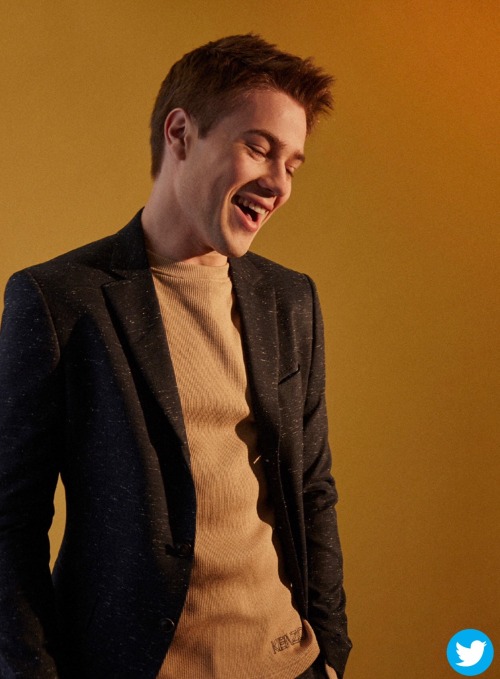
The questionable story elements are further weakened by stale stylistic choices, such as the aforementioned repetition of the opening scene, a fluttering musical score that strives to deepen the film's significance, and a denouement featuring a voice-over that uses a literary passage to neatly recap the intended meaning of the film. The final revelation, which involves a bodily fluid, should be as embarrassing for the filmmakers as it would have been for the character involved, and the fact that a film about a horrific shooting relies on a gun as a catalyst for the climax is problematic, to say the least. Whatever surprises the film offers are based solely on information artificially withheld from the audience, rather than changes that arise spontaneously through the interactions of the characters. While the plotlines intersect at times, the separate stories remain oddly quarantined, since each cast member is so locked into his or her own trajectory that there is no opportunity for the characters to modify each other's behavior. The rest are defined solely by their rigid reactions to the tragedy, and their patterned behavior seems to eclipse any thoughtful consideration of the purportedly random nature of the shooting. Laraby (Guy Pearce), who tests the threshold between medicine and poison by secretly dosing his wife with prescription drugs. The only character who threatens to become interesting is Dr. After the event, the survivors diverge and enter into clearly delineated systems of grief - Anne (Dakota Fanning) gives her life to God, Carla (Kate Beckinsale) tries to calm her constantly crying baby, Charlie (Forest Whitaker) parlays his luck into a casino trip, Jimmy (Josh Hutcherson) stops speaking. Fragments, the first American film from Australian director Rowan Woods, is a paint-by-numbers entry into the field that features benign examples of most of the essential cinematic elements of this rapidly stagnating style.Ī confusing opening scene, which eventually gains coherence through repeated flashbacks with additional information revealed, depicts an act of violence (in this case, a shooting in a diner) that temporarily unites a group of strangers, played by an ensemble cast. Connor hopes to release this book in physical form in 2022.It's official - the multi-linear, nonchronological narrative film, so recently praised as the pinnacle of Hollywood innovation, has been successfully depleted of its ingenuity, and now seems to be settling harmlessly into the realm of genre. This book, Tilt Towards the Sun, comes from a pivotal moment in her life: leaving art school, exploring and figuring out her art practise, while also finding herself amongst the chaos of life. The film comes from a book that Connor had been working on in 2020.

I think about Connor filming these scenes, building visual poetry in her head-the translation from writing to film, what is lost and what can be explored in this process. The Camera is an extension of her fingertips, exploring and sharing. Then a shot of the Moana, bubbling with foam. The shaky camera shows us raindrops against a bleak grey sky, sitting on a windshield. Out of the darkness and plunged into a very bright grey light, Connor’s filming style for TOWARDS THE SUN is revealed as being a single shot on a hand-held camera. Connor describes Fred’s score as “the cloud for this work to lay on”, 1 which to me describes their collaboration clearly as two artists who see a vision and act on it together.


It is a beautiful atmospheric piece that builds and swells within the work and matches the energy of each shot. Sitting in that feeling of letting go, the score written by Fred Small begins to hum along with the sparks. Rain? Sparks? I want to stop guessing and let the film envelop me. The film begins gently with flickers of light barely visible across the screen.

It’s so dark and my eyes are playing tricks. Sitting in the dark gallery I get a nervous feeling that I am going to be cleansed after watching the film.


 0 kommentar(er)
0 kommentar(er)
